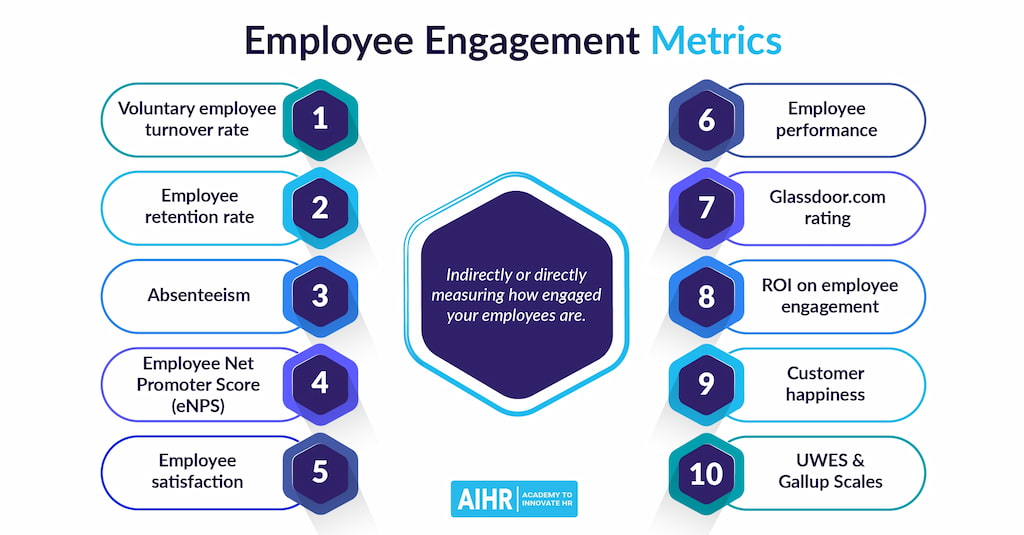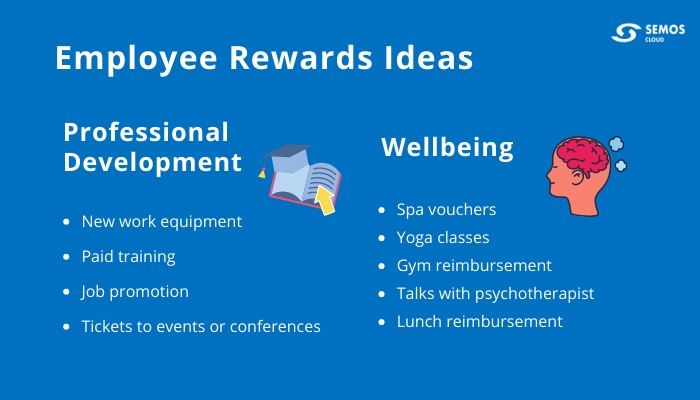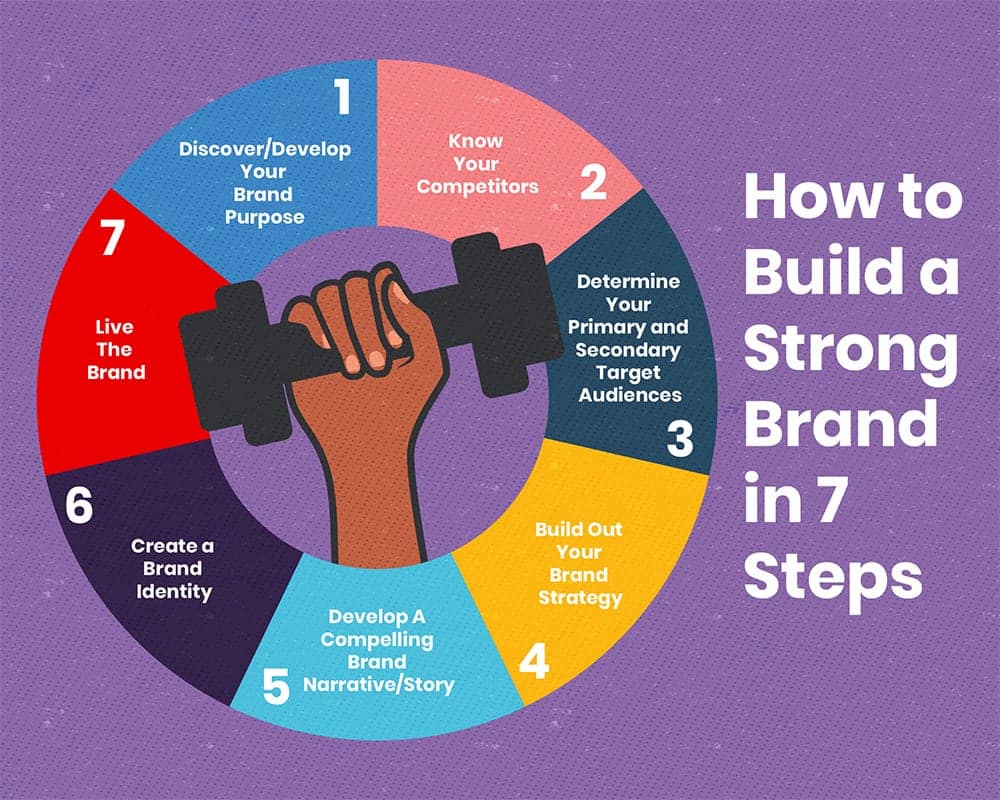Post-COVID, a mass workplace exodus occurred, dubbed ‘the Great Resignation.’ Starting in 2021, employees left their jobs in their millions, citing employer mistreatment during the pandemic, low pay, lack of advancement opportunities, and employers demanding employees return to the office. This phenomenon revealed just how vital employee retention programs are in today’s business landscape.
Losing employees is costly in numerous ways, including hiring new employees, onboarding new employees, lost productivity, lost engagement, training costs, and more. This underscores the need to action an effective employee retention strategy. However, effective employee retention programs go beyond simply offering a good wage. Instead, a successful employee retention strategy revolves around a holistic approach addressing employees’ professional growth, work-life balance, and job satisfaction. If you’re scratching your head, asking yourself how to increase employee retention, you’re in the right place. Without further ado, let’s explore what you can do to improve the retention of employees.
Why Employees Leave and How to Prevent It
Understanding exactly why employees leave is the first step toward building effective employee retention programs. Here are some common reasons why employees leave their jobs:
🤑 Seeking a better salary
It’s probably no surprise that a competitive salary is one of the main reasons people stay with a company. As a result, if an employee feels they are underpaid compared to others in the same role at different companies or that their salary doesn’t reflect their skills or responsibilities, they will consider seeking opportunities elsewhere. A study by Pew Research Center found that 63 percent of workers who quit their job in 2021 did so because of low pay. It’s vital for companies to review pay regularly to ensure they are in a good position to retain employees.
🌎 Better opportunities elsewhere
In some cases, employees leave because they find better opportunities elsewhere. Employees might go for these opportunities for several reasons: higher pay, a more positive work environment, better alignment with career goals, or a more appealing industry. Millennials, in particular, show less willingness to stay in their current roles.
A study by Gallup found that 60 percent of millennials are open to new job opportunities and are willing to act on them compared to other generations. With millennials making up around 50 percent of the US and UK populations, employers cannot afford to ignore the fact that better opportunities elsewhere threaten employee retention.
💹 Looking for career development
Career development is another significant employee retention driver. If an employee feels like they have reached a ceiling in their current role and the company isn’t offering enough learning and development opportunities, they may seek employment in a workplace that prioritizes career development.
LinkedIn’s 2018 Workforce Learning Report revealed that 93 percent of employees would stay at a company for longer if it invested in their career development. For this reason, it’s absolutely crucial to offer employees ongoing education, training, and professional development opportunities.
🤹♀️ Seeking a better work-life balance
The COVID-19 pandemic put things into perspective for many, and most of them came to a similar conclusion: they want a better work-life balance. Finding a healthy work-life balance is a challenge in the digital era, and employees are keen to work at companies that allow them to switch off when they need to.

One survey found that 72 percent of workers believe that work-life balance is a crucial factor when choosing a job, and 57 percent of job-seekers say a poor work-life balance is a dealbreaker when they’re considering a new role. Employees who struggle to balance their work with their personal lives are more likely to seek new opportunities elsewhere, at companies that offer flexible hours, hybrid work or remote work, and a culture that respects employees’ personal time.
👍 Looking for a more positive work environment
People speed a big chunk of their lives at work. As a result, they are keen to work somewhere positive and life-affirming. According to a report by McKinsey and Company, toxic workplace behavior is the biggest predictor of employee burnout and intent to leave. A toxic work culture is typically characterized by high stress, poor communication, little or no collaboration, and a lack of recognition—all of which can push employees to look for work somewhere more positive. To retain employees, companies need to do everything they can to create a positive work environment.
🎒 Moving to a new location
Relocation is another reason that employees leave companies. Whether it’s for personal reasons, better opportunities, or the cost of living, employees may move to a new location and leave their roles as a result. To reduce the number of employees leaving for this reason, businesses should allow for remote or hybrid working, so they can work from wherever they are and visit the office occasionally. Coming up, we’ll explore what companies are doing to retain employees.
How Effective Retention Strategies Boost Employee Satisfaction
So, what are companies doing to retain employees? Companies around the world are employing various employee retention programs to keep their employees engaged and satisfied with their roles. Here are some examples of common strategies used in employee retention management:
💸 Competitive salary

Competitive pay and benefits are essential to any retention strategy. Several studies reveal a direct link between higher pay and employee retention rates—a study by Harvard University found that a $1 per hour pay increase among warehouse workers resulted in a 2.8 percent retention increase. Employees who feel adequately compensated for their work are more likely to stay on.
🧗♀️ Growth opportunities
Another central retention tactic is offering employees plenty of opportunities for professional growth. According to a report by The Execu|Search Group, as many as 86 percent of professionals said they would change jobs if they were offered more opportunities for professional development.
🌟 Recognition
Employees want recognition from their managers and company leaders. Simple gestures, such as saying ‘thank you’ or acknowledging a job well done in some form, make employees feel valued.
🧲 Employee engagement

Keeping employees engaged is vital. Companies with highly engaged employees are 21 percent more profitable and 17 percent more productive than those with disengaged employees. Regular team-building activities can lead to a more engaged workforce, resulting in higher team retention.
😊 Work-life balance
Remote working, flexible hours, generous parental leave policies, and plenty of support for personal commitments will help employees maintain a work-life balance, which will improve employee retention rates.
👩🏫 Mentorship
Mentorship programs are a great way to improve employee retention. According to a study by Randstad, employees who undertook mentorship programs were 49 percent less likely to leave a company. Mentorship ensures that employees, especially those at the start of their careers, feel supported and therefore valued by their organization.
Top 21 Strategies to Retain Your Best Employees
So, what are some ways in which companies can attract and retain employees? We’ve got 16 suggestions for the best ways to retain employees:
💰 Competitive compensation
Ensure salary packages are competitive with the rate other companies in the industry offer, or risk losing employees to competitors.
🎁 Provide great benefits
Benefits such as health insurance, generous holiday entitlement, and retirement plans will attract top talent to your company and boost employee motivation.
📈 Plentiful growth opportunities
Ensure that employees in all areas of the business can learn and grow in their careers. Not only will this benefit your business by upskilling valuable employees, but it will also reduce employee churn.
👷♀️💃 Implement work-life balance policies
Put policies into place to prioritize work-life balance for employees across the business. This can include flexible working, remote working, and generous holiday entitlements to ensure employees are able to relax and unwind throughout the year.
🙌 Foster a positive work environment
Ensure that the work environment is positive for all. To do this, encourage a culture of respect, open communication, and enhancing collaboration skills, all of which must be championed by the leadership team.
✨ Recognize (and reward) great work

Recognition goes a long way in the workplace. Regularly recognizing and occasionally rewarding employees for their hard work makes them feel appreciated. Employees that feel appreciated by their employers are less likely to pursue other opportunities.
🏫 Invest in training and development
Provide opportunities for employees to undertake training and development programs. Make sure to give them time to complete these programs during work hours—employees are not keen on the idea of completing training in their personal time.
🛣️ Establish clear career paths
Nobody wants a dead-end job. Employees are far more likely to stay on if they see a future within the company. Offer them a transparent path for progression to show them that there is room to grow and achieve their career goals within your company.
🔊 Make employees feel heard
Employees feel valued when they know their ideas, opinions, and concerns are heard by their managers and company leaders. Creating a company culture that encourages open dialogue can be facilitated through regular team meetings, one-to-one sessions, and soliciting feedback through feedback forms, surveys, and town-hall meetings.
📢 Promote internally
Promoting internally instead of going for an outside hire sends a clear message to your employees: their hard work is being noticed by company leaders. When employees see that there are routes for advancement, they are more motivated to stay on board and help the company achieve its goals.
🏆 Create a strong company brand

Establishing a strong brand as a company is vital in both attracting and retaining key talent. Creating a strong brand sets you apart from other companies by showcasing your brand values, culture, and benefits. Getting this right means you’ll attract individuals who are a good fit for your organization, increasing the likelihood they remain with your company for an extended period.
💊 Support employee health
A crucial component of a good talent retention strategy is supporting employees’ health. There are several ways to do this, including health and wellness programs, free or discounted gym memberships, and access to mental health support services. Healthier employees take fewer sick days and are generally more productive and engaged, resulting in better employee retention.
🏈 Encourage regular team-building activities

Having a cohesive team is essential to retain top talent in any industry. Regular team building activities, such as team outings, retreats, games, or even volunteering together in the community. Encouraging employees to participate in team-building activities fosters stronger relationships, creates a more positive environment, and boosts morale, all of which results in happier employees.
🛹 Implement a solid onboarding process
A robust onboarding process is the first opportunity for your company to improve employee retention, as it sets the tone for the employee’s experience within the organization. A comprehensive onboarding process makes new starters feel welcome and properly informed, enabling them to succeed in their specific role.
💚 Provide employees with a sense of purpose
People want to work somewhere that gives them a real sense of purpose. Companies can improve employee retention by helping employees see that their roles connect with the bigger picture: by helping the company serve customers or, depending on the nature of the organization, positively impact the wider community.
😃 Performance-based incentives
Give employees performance-based incentives to get them excited and engaged with their work. This could include bonuses, additional paid time off, or increased perks.
🎨 Be open to altering work responsibilities
To retain employees, be open to altering their work responsibilities. This could involve giving them chances to collaborate with other departments to switch things up and give them more novelty.
🗣️ Conduct exit interviews

Sometimes, stopping an employee from leaving is inevitable. When this happens, it is good practice to conduct an exit interview. You can’t stop the employee from leaving, but you can get an idea of why they are leaving. Ask them about why they are leaving, and discuss work-life balance, roles and responsibilities, company culture, and the employee-employer relationship to get a clearer idea of how you can retain employees in the future.
🌐 Prioritize diversity and inclusion
Employees want to work for companies that champion diversity and inclusion. To retain employees, provide diversity and inclusion training, implement inclusive hiring practices, review and update company policies to ensure they are inclusive and unbiased, and set measurable diversity and inclusion goals.
🏋️♀️ Provide extensive management training
The saying goes that people don’t leave their jobs, they leave their managers. One study found that 75 percent of workers who voluntarily left their jobs did so because of their manager rather than their position. Providing extensive management training will create leaders that support and inspire their teams rather than drive them away.
🤸♀️ Champion a culture of flexibility
Employees today value flexibility. Allowing your employees to have control over how and when they work will make them feel more satisfied in their roles, reducing employee turnover. Some companies are choosing to introduce flexitime—as long as the employee works their designated hours each day, they can work whenever they like.
Should your company allow for flexitime, you need to be able to track employees’ hours. Everhour enables employees to track the time they work using the time tracker. But that’s not all; Everhour is so much more than a simple time tracker. The platform offers a host of valuable features, such as a time clock app, timesheet app, attendance tracker, billing and budgeting tools, task management features, invoicing capabilities, and reporting tools.
Creating an Effective Employee Retention Plan: Best Practices
In case you’re seeking to improve employee retention, you need to develop a comprehensive retention plan. By carefully planning and implementing effective employee retention programs, companies can retain talent and foster a more engaged and, therefore, productive workforce. Here are some best practices for developing an effective retention plan:
📙 Define retention goals
Before you can action retention ideas, you need to define your staff retention goals. This could come in the form of a desired retention rate, either overall or for specific departments, or improving scores on employee satisfaction surveys. Having clearly defined goals will give your company a clear target to shoot for and accurately measure the success of retention strategies.
👩💻 Develop retention strategies
Next, it’s time to develop retention solutions. There are many to choose from, as we outlined above. However, it’s vital to keep in mind that one size certainly does not fit all. The strategies for employee retention you choose will be determined by the specific problems experienced by your company. For example, if employees are not satisfied with their compensation, your retention strategy might center around improving compensation and benefits. If employees are concerned about the company’s culture, improving the work environment can be a more effective retention strategy.
🥇 Engage the leadership team
Obviously, change starts at the top. For retention plans to succeed, it’s vital that company leaders have buy-in. They should understand how vital employee retention is and be firmly committed to retention goals. To ensure this happens, engage managers when it comes to actioning retention strategies.
💻 Monitor and adjust retention plans as needed
Retaining staff isn’t easy, but the best retention strategies are monitored and adjusted when required. For example, if you find that your retention efforts on team-building are succeeding, you might try other worker retention strategies, such as improving the onboarding process or implementing more work-life balance policies.
Employee Retention Programs: Final Thoughts
As shown above, we’ve detailed some solutions to help companies tackle a problem: how to retain good employees. It’s important to remember that talent retention strategies take time to start working—success doesn’t come overnight. But the payoff is worth the wait. Actioning employee retention ideas results in high retention rates. We hope our ideas for employee retention programs will help you inform your own strategies!
Summing up, Everhour is one of the best time tracking software and the top time tracker for SMB teams. If you are managing a team of 5 or more and looking to boost efficiency, Everhour is the perfect time tracking tool to help your business grow. With seamless time tracking, you can easily estimate task durations, set clear budgets, and generate detailed reports inside Asana, Trello, Jira, or any other pm tool.

